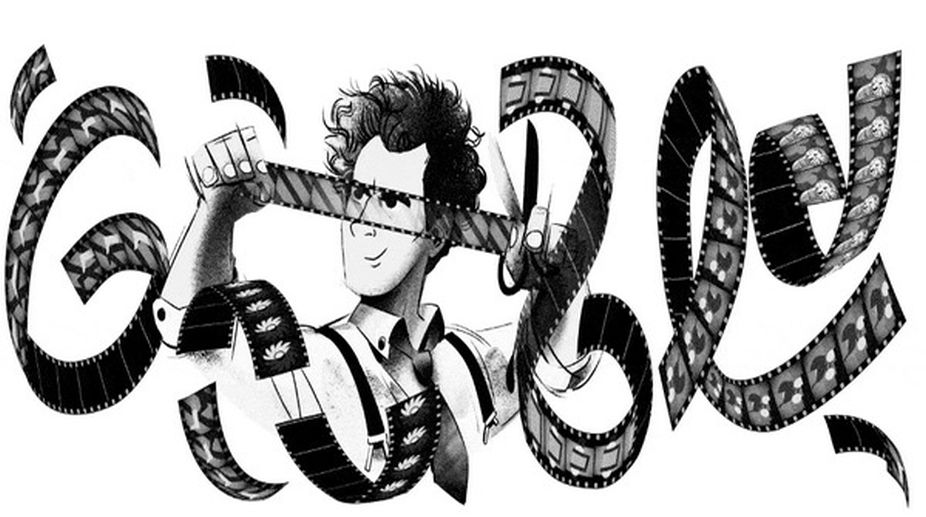AI models by Google, Nvidia can predict path, intensity of major storms: Study
To investigate this, the researchers analysed November 2023's Storm Ciaran which hit northern and central Europe.

Sergei Eisenstein (Photo: Google)
Google dedicated a doodle to the celebrated Soviet movie director and father of montage in movie-making, Sergei Eisenstein, on his 120th birth anniversary on Monday.

It has recalled the enduring contributions of Eisenstein to the world of cinema in such a way that if you look closer, you’ll be able to see that doodle shows a series of film rolls in movement — the iconic imagery in some of Eisenstein’s films. Also, the sequencing of a number of images in a continuous loop is creating the effect of a montage, shows the best possible way in which the montage-master could be honoured.
Advertisement
The doodle also shows Sergei Eisenstein, holding a film roll and scissors which depicts a cut or an edit in cinema world.
Sergei Eisenstein was a Russian, who changed the way movies were made in the early 1920s. He was born in Riga, Latvia to a middle-class family in 1898 on this date.
The young Eisenstein started off in the footsteps of his father and took up architecture and engineering, but later he joined the Red Army to dole out the Bolshevik Revolution.
He was a pioneer in the theory and practice of montage and left behind a rich legacy that is intricate and in many ways, infinite. He was only 50 when he died following a heart attack on February 11, 1948.
Eisenstein’s movies were beyond bold narrative approach, stylistic embellishments, dramatic use of cinematography, editing and music, and marriage between ideology and the craft of movie-making.
Some of Eisenstein’s works which demonstrate his genius:
“Strike” in 1925,
“Battleship Potemkin” (1925),
“October” (1928),
“Que viva México!” (1930, released in 1979),
“Alexander Nevsky” (1938) and
“Ivan The Terrible” (1944 and 1958)
Google has described his cinematic vision in these words, “His films were also revolutionary in another sense, as he often depicted the struggle of downtrodden workers against the ruling class.”
Advertisement